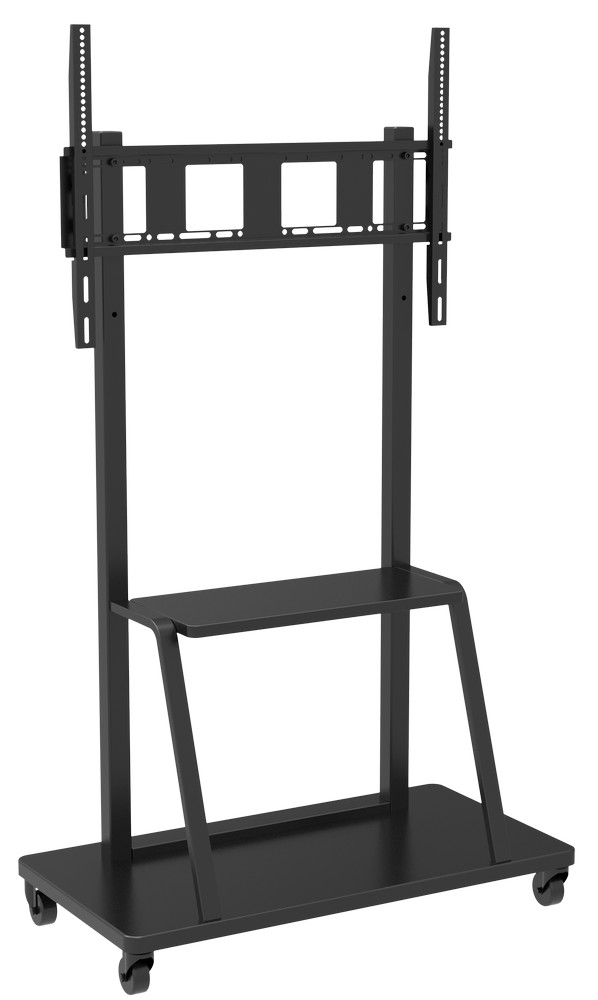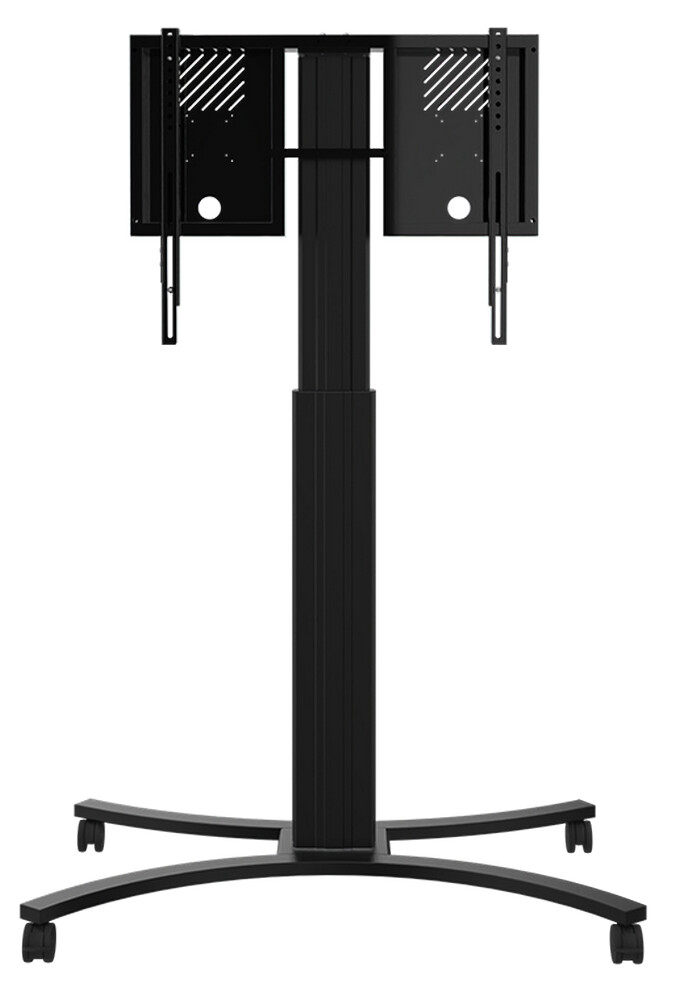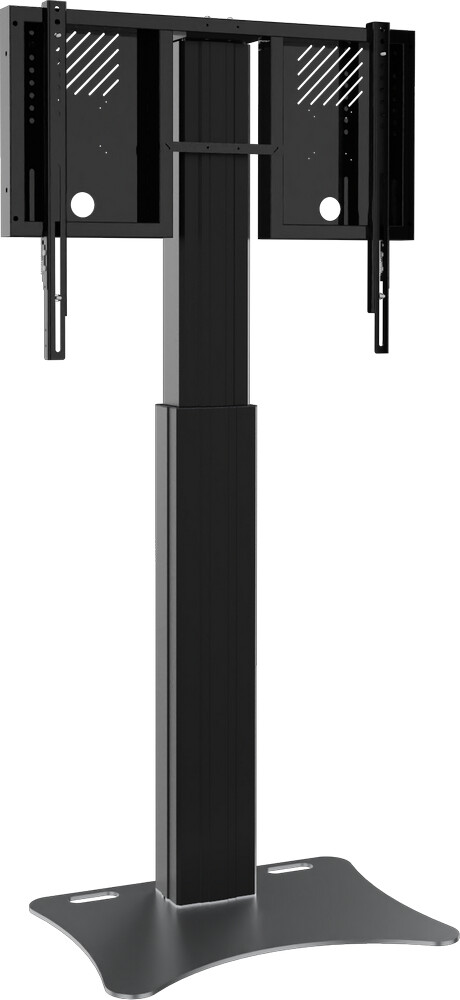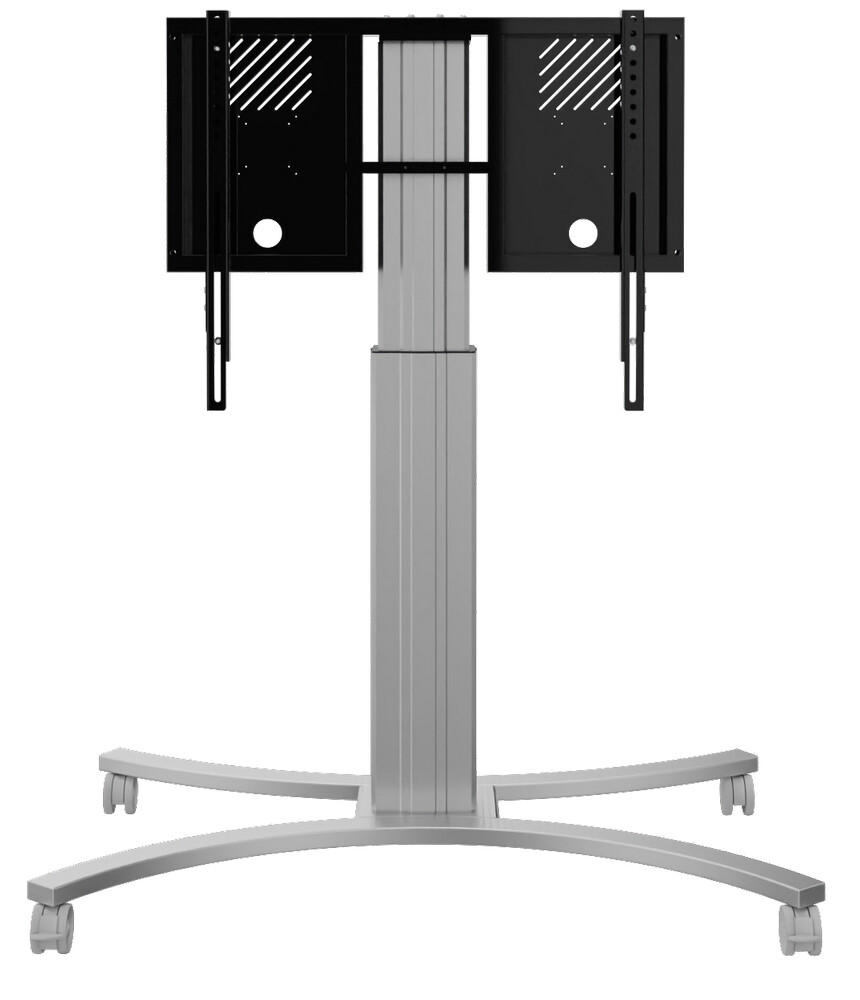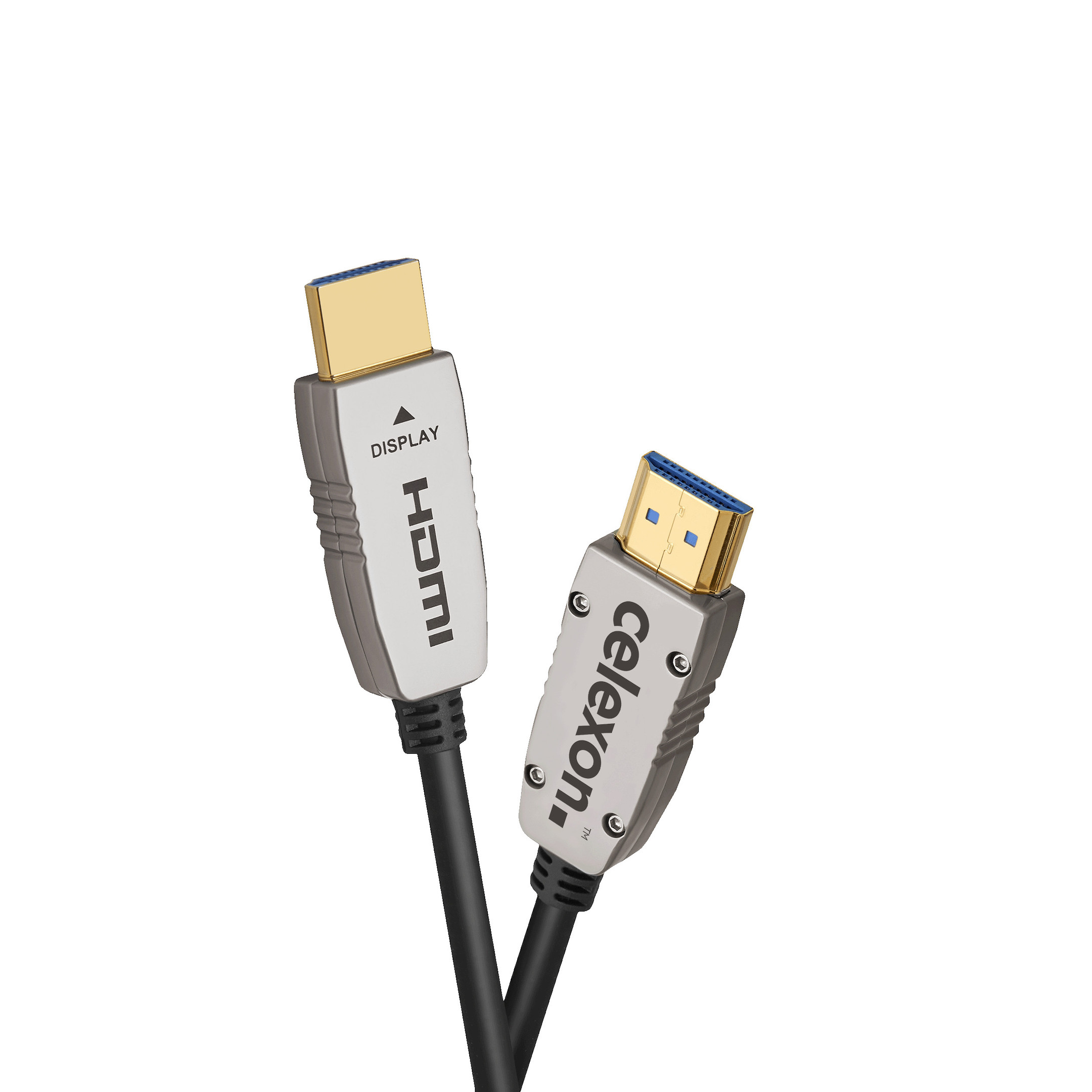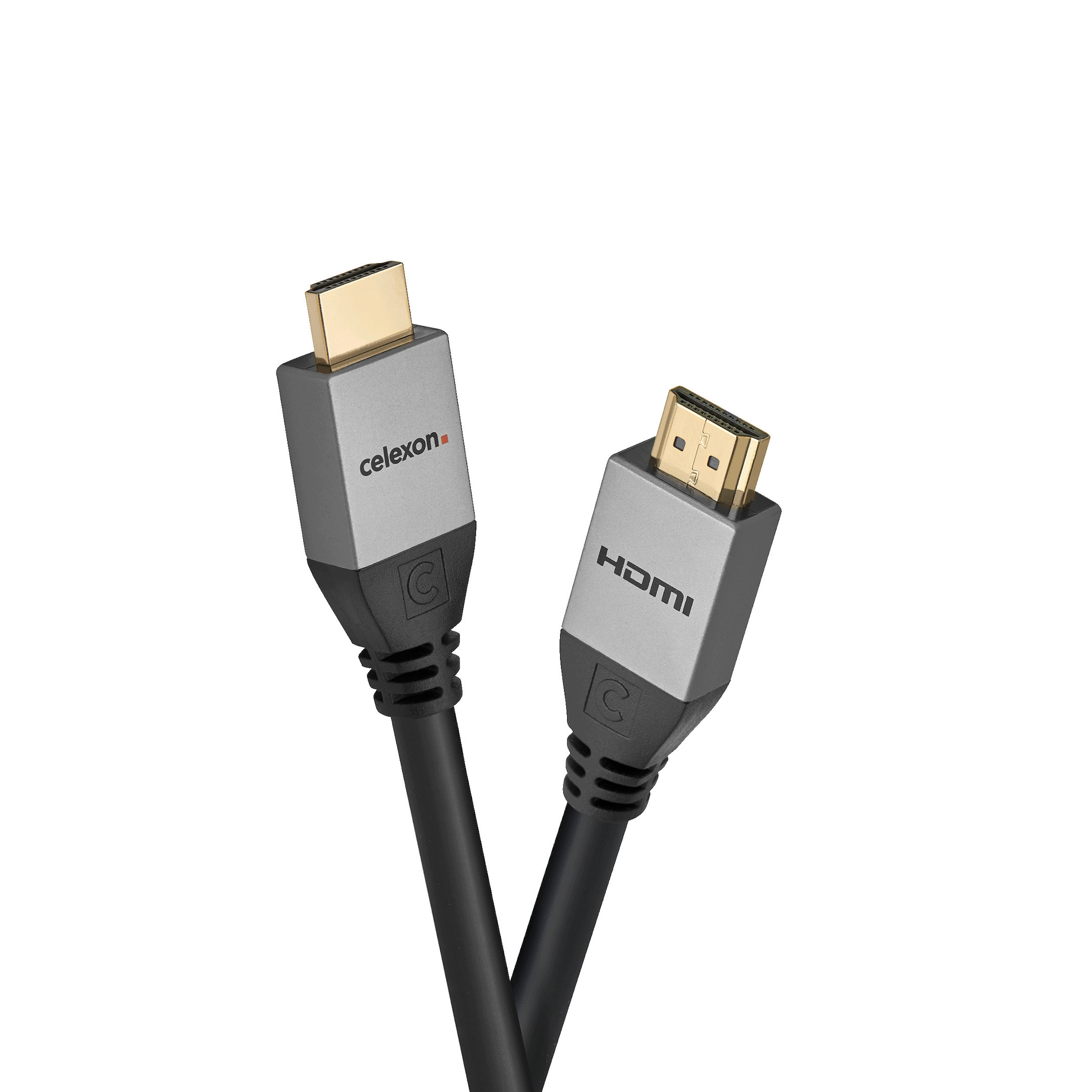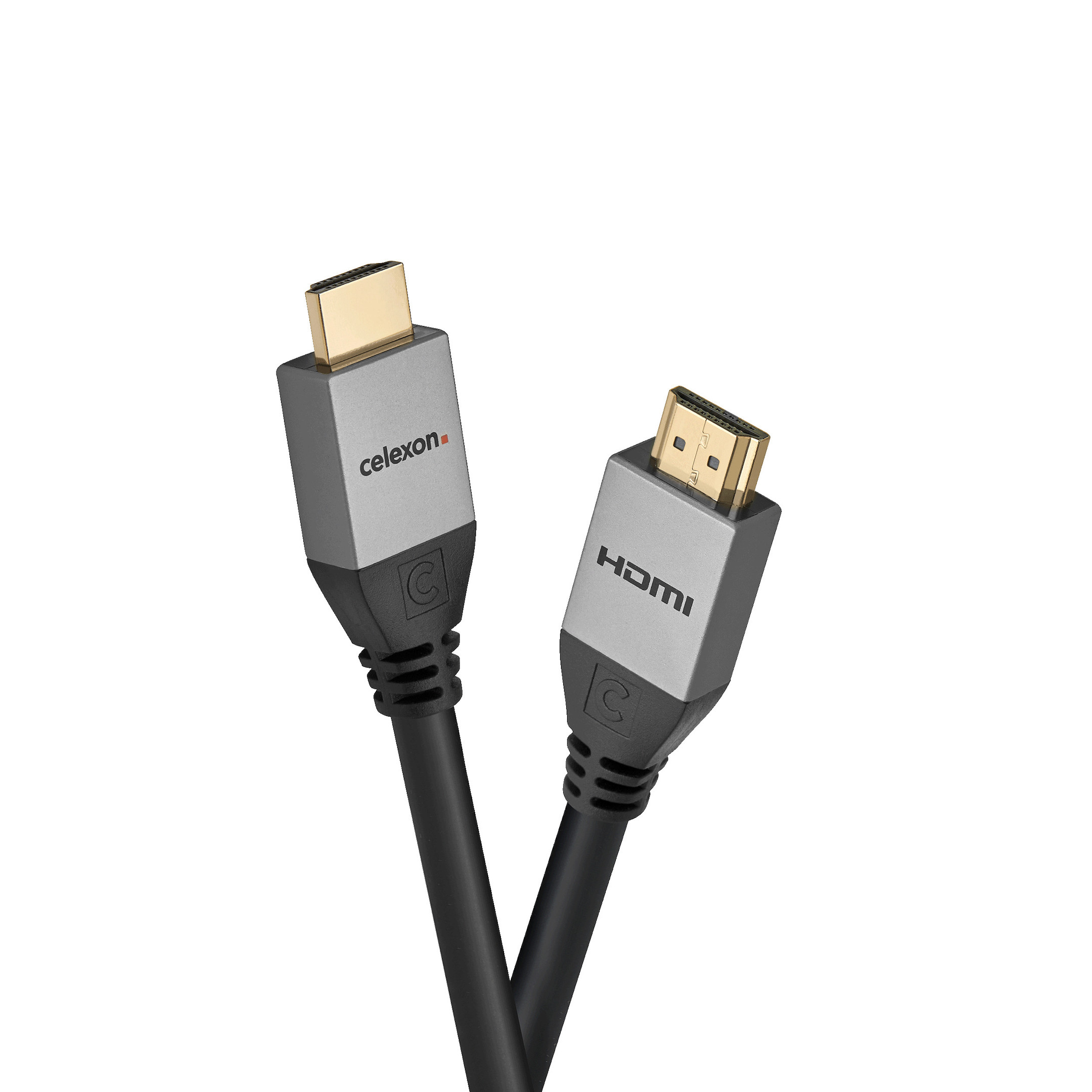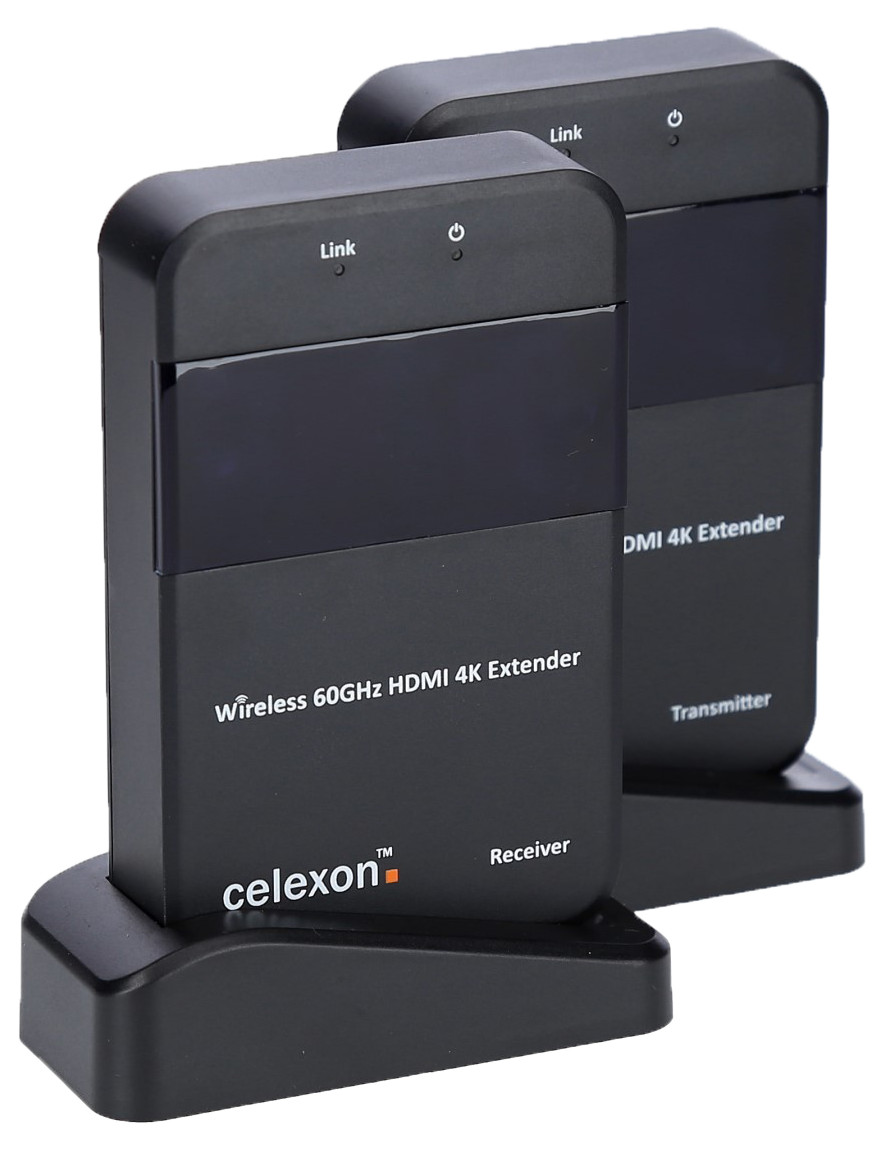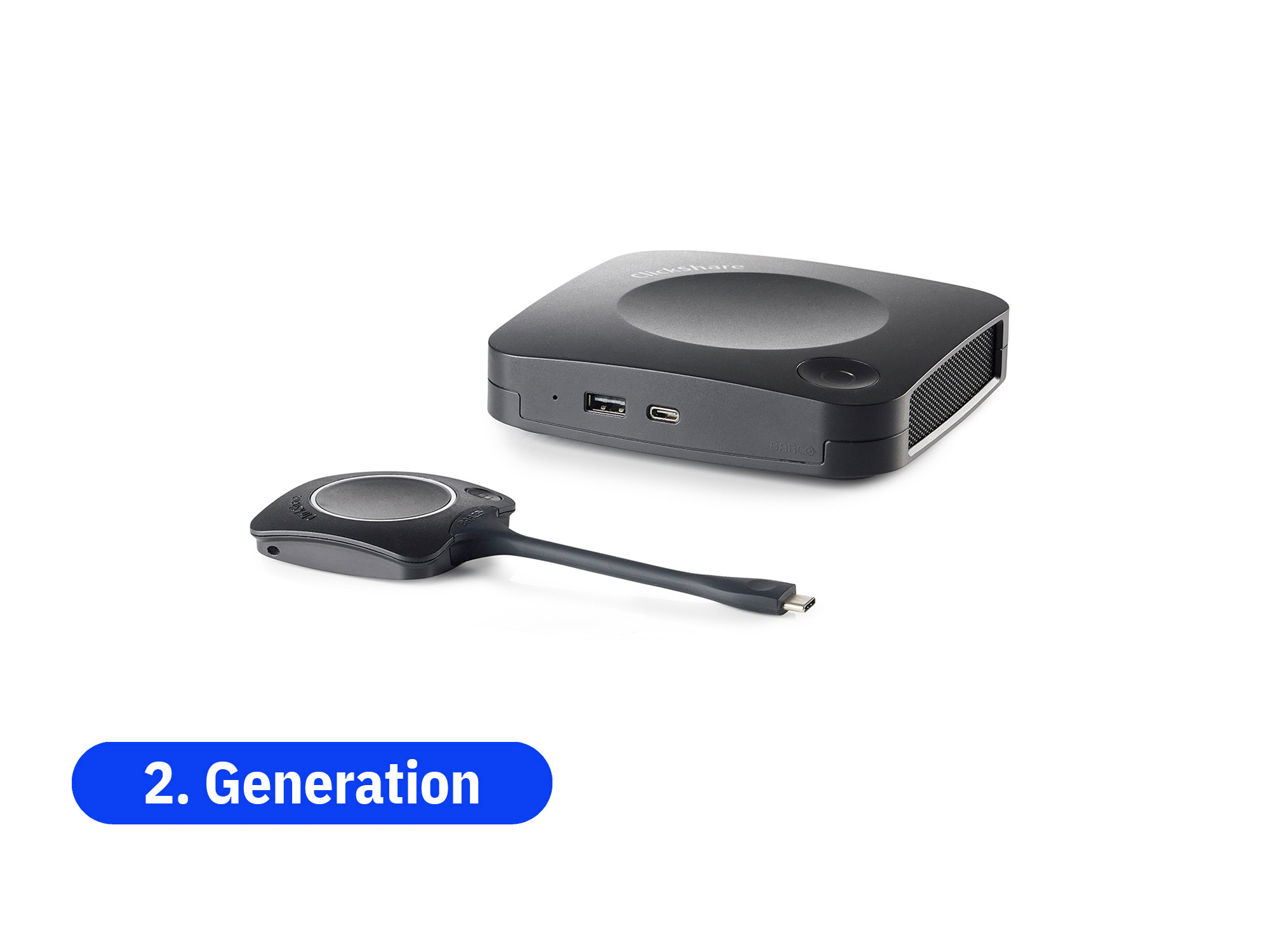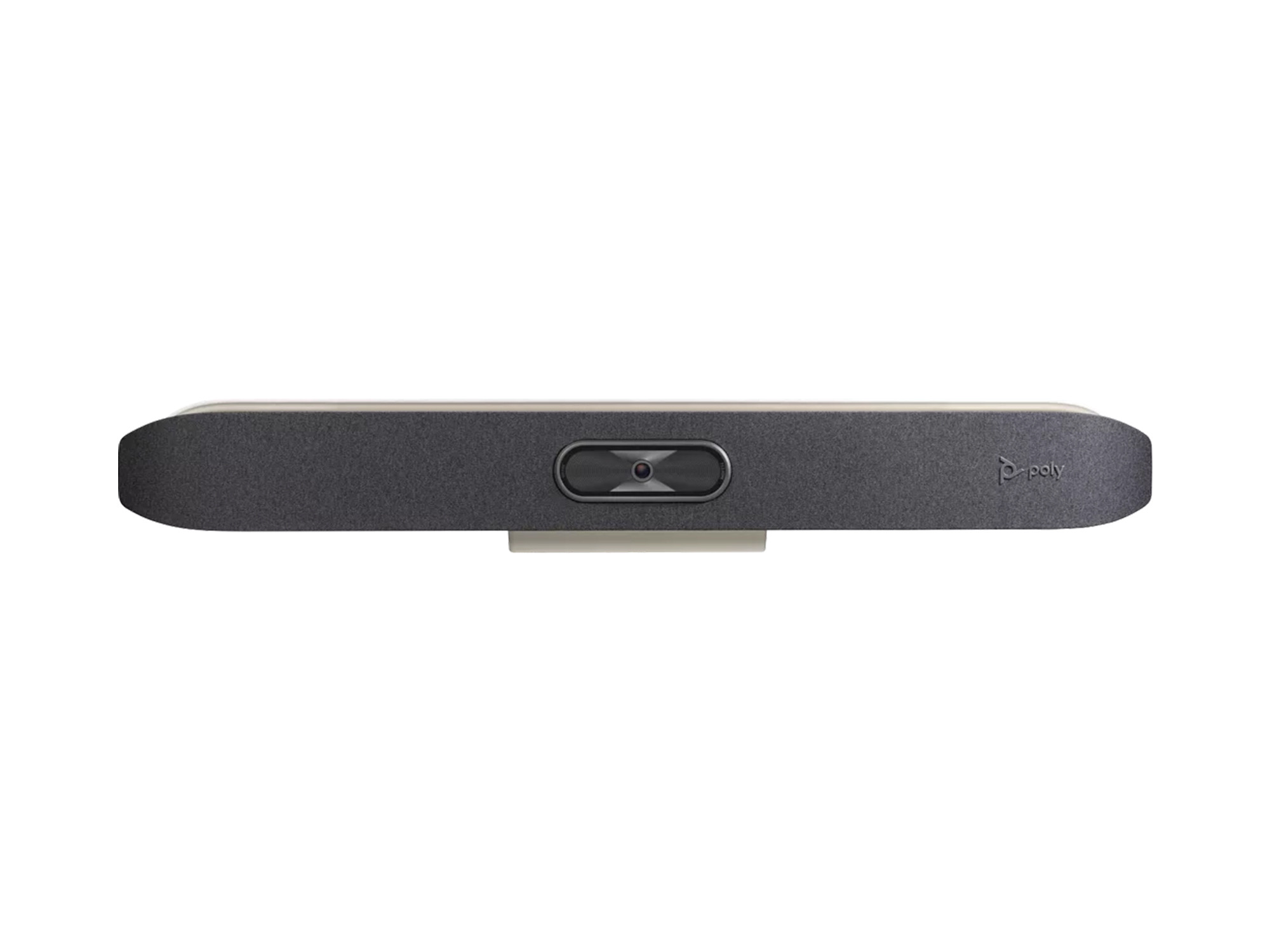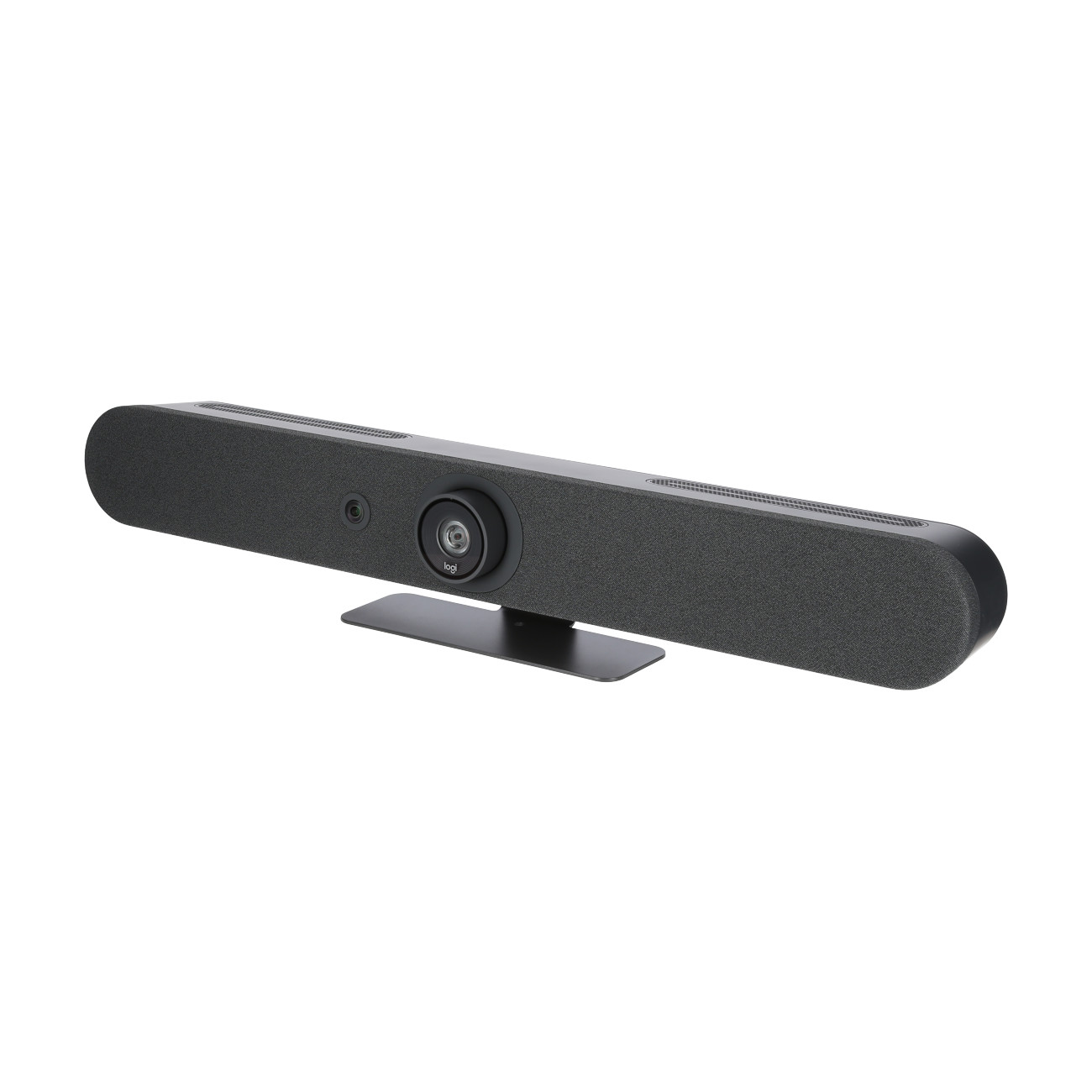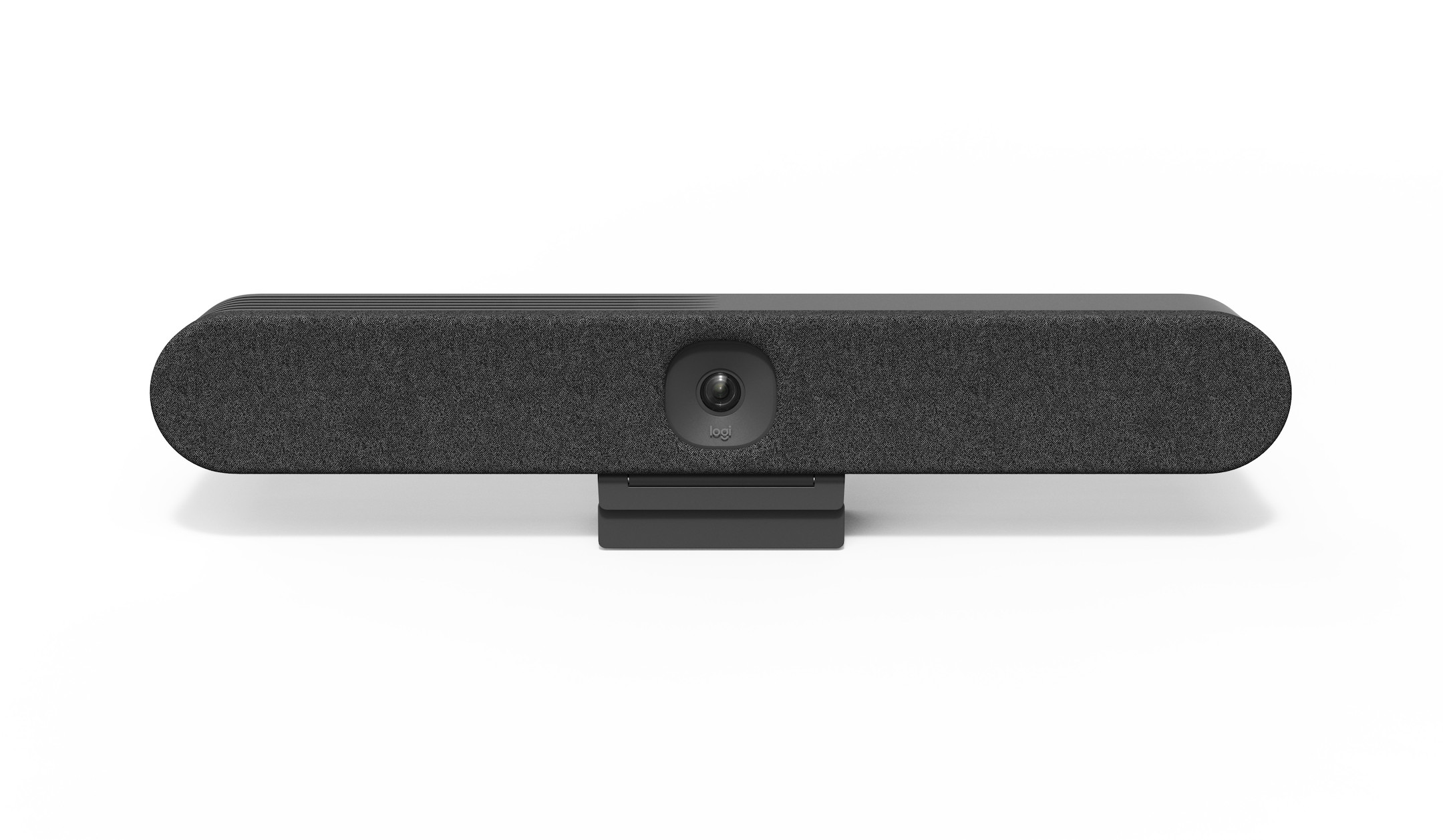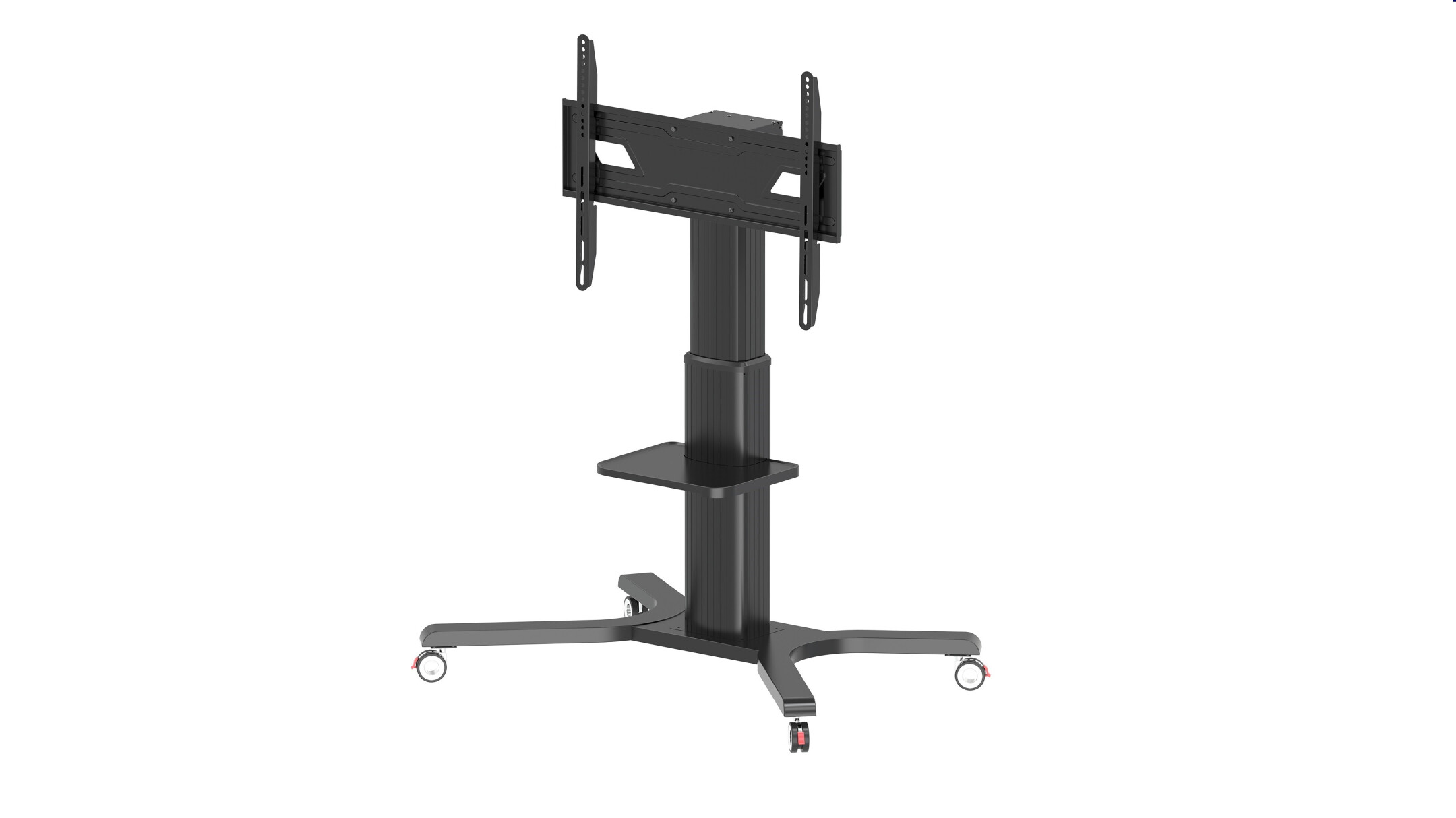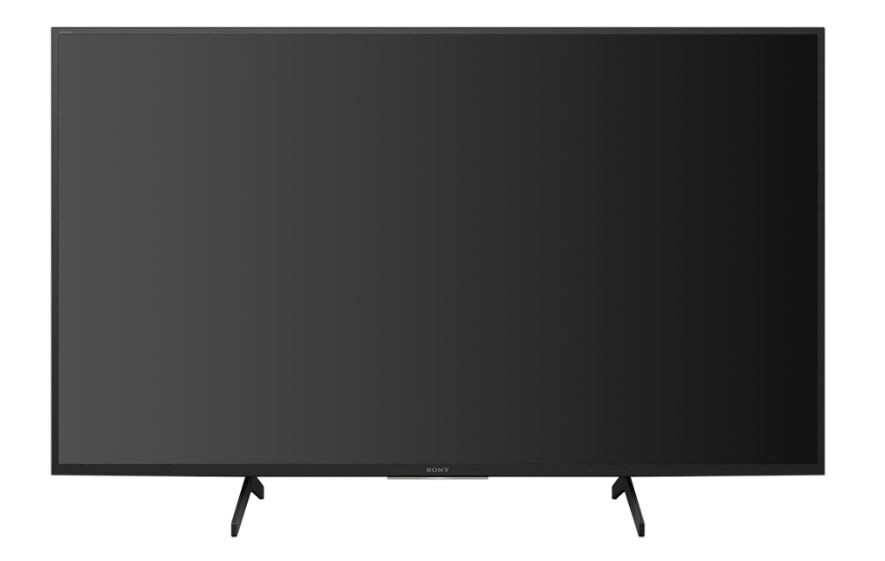



























£3,228.00*
- Resolution 3840 x 2160 4K UHD
- Max. Brightness 670 cd/m²
- Panel type VA
- Contrast Ratio 600,000 :1
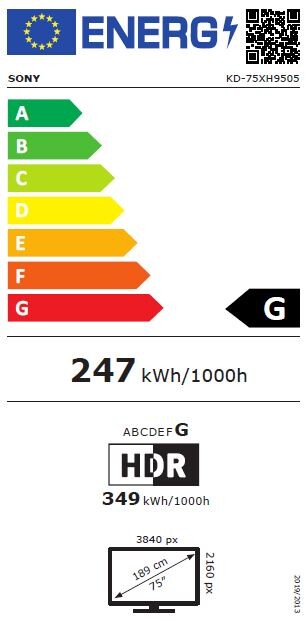


Frequently purchased together
Product information
With the BRAVIAProfessional Display FWD-75X95H/T you can take your business to a whole new levelLevel. The display combines superb images and stunningSound in our high quality 4K HDR Professional Display, and features apremium, flush design that puts your message front and centre without distractions. >/
The BRAVIAFWD-75X95H/T is optimised for professional applications and features the latestx1 Ultimate Processor, which analyses image data to improve colour, contrastcontrast and clarity. The Full Array LED screen with Local Dimming technologydisplays the finest shadow detail and delivers stunningly realistic,sharp, high-contrast images that look great from any angle.
Through anadvanced controls, a Pro mode, optional interactive compatibility,18/7 operation and an embedded HTML5 platform, the creation of attractivedigital signage is a breeze, so with our BRAVIA 4KDisplays always present a clear, professional image.
Take full advantage of the display'sPossibilities of the display to the full: Through TEOS solutions that can be seamlesslyseamless integration, and already built-in solutions, additionalAdditional functions can be added - from use for conference rooms to automationAutomation.
4K image resolution (3840 x 2160 pixels)
The4K technology offers four times the detail of Full HD with more thanwith a resolution of more than 8 million pixels and provides applications in theapplications in the corporate, education and digital signage sectorsBrilliance in display.
Absolute control and strong contrast with FullArray LED
Full Array LEDprecisely balances the light output on the screen and illuminateslED areas for more realistic contrast by making bright areas brighter and dark areas darkerbrighter and darker areas.
Beautiful, realistic 4K HDR images
Our4K HDR processor X1™ offers Object-based HDR remaster, Super Bit Mapping HDRand Dynamic Contrast Enhancer. This creates images that are enhanced with betterDepth perception, lifelike textures and pure, natural colours at higher brightnesshigher brightness.
See even the smallest details
4K X-Reality PROoptimises images so they closely resemble true 4K quality. Images aresharper in real time and show additional detail from lower resolution sources.
Broader colour spectrum thanks to TRILUMINOS display
TheTRILUMINOS display with our X1 Ultimate processor reproduces colours from a widerpalette and reproduces richer, more lifelike colours and tonestrue-to-life colours and tones.
Clearer, brighter display of fast-moving
The latestX-Motion Clarity™ technology ensures smooth and clear movements on theScreen and increases brightness when needed so you don't miss a thing.
Flush surface, no distractions
The BRAVIAProfessional Displays feature a slim, flush design with a discreet stand and a thindiscreet stand and thin bezel, so you can focus on what's importanton what's important: The picture.
Google Chromecast and Apple Airplay
With thebuilt-in Google Chromecast and Apple Airplay, you can easily play back yourand enjoy an extra-large picture.
Android TV can do more
Discover a huge range of apps and online contenta huge selection of apps and online content with Android TV. Usevoice control to find content easily without tapping. EasyShare content with Google Cast.
Quickly adjust thanks to Pro mode
Display settings can becan be adjusted, saved and easily copied to multiple displays with a USB stickDisplays.
Easy creation of digital signage
The integratedHTML5 support makes it easy to produce compelling digital signageproduce. Combine graphics, text, video and live web content to producecreate attractive signage within minutes, without the need for additionaladditional hardware or special training required.
Multi-functional remote control
Control the BRAVIA displayremotely over IP via RJ45 and web API - including power on/off, input selectioninput signals and adjust the volume.
TEOS integration
BRAVIA can beseamlessly with Sony's TEOS solutions for workspace managementsolutions for workspace management, coordinating devices and content in executive suites, conference rooms andpublic spaces.
Flexible mounting and installation
BRAVIAProfessional Displays offer flexible mounting options with aStandard VESA mount for easy integration into many differentEnvironments.
Technical data
| Name | Sony FWD-75X95H/T 75" Display |
|---|---|
| Article number | 1000013582 |
| GTIN/EAN | 5013493407497 |
| Manufacturer SKU | FWD-75X95H/T |
| Model name | FWD-75X95H/T |
| Brand | Sony |
| Product Type | Non-Touch Display |
| Product Series | Sony X95 Series |
| Technology | LCD |
| Panel type | VA |
| Resolution | 3840 x 2160 4K UHD |
| Diagonal | 75" |
| Aspect Ratio | 16:9 |
| Viewing angle - Horizontal | 178° |
| Viewing angle - Vertical | 178° |
| Contrast Ratio | 600,000 :1 |
| Max. Brightness | 670 cd/m² |
| run-time | 18/7 |
| Response time | 7ms |
| Support - VESA | 400 x 300 |
| Frame width | 4.6 mm |
| Inputs | 1x Ethernet , 2x USB-C , 4x HDMI |
| Outputs | 2x 3,5mm Jack |
| Product width | 168.6 cm |
| Product height | 96.9 cm |
| Product depth | 7.2 cm |
| Weight | 31.8 kg |
| Colour | Black |
| EEK Spectrum | A to G |
| Energy efficency class | G |
| Delivery contents | Batteries , Quick user guide , Remote control |
| Condition | New |
| Warranty | 36 Month |
| Warranty type | Swap service Service and support information |
Downloads
Product safety
| Person responsible for the EU |
|---|
| Sony Europe B.V. |
| Kemperplatz 1 |
| 10785 Berlin |
| Germany |
| info@sony.de |




